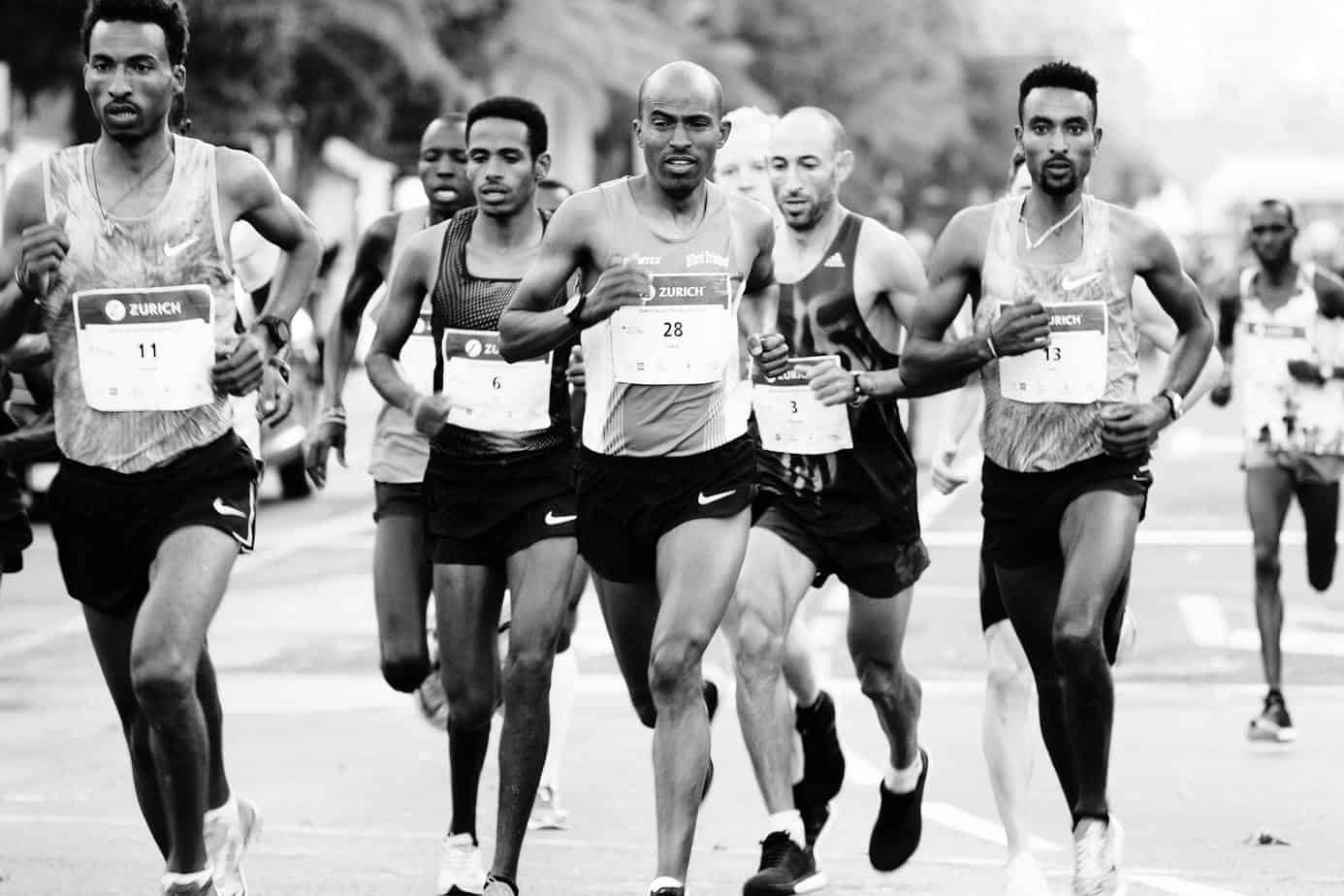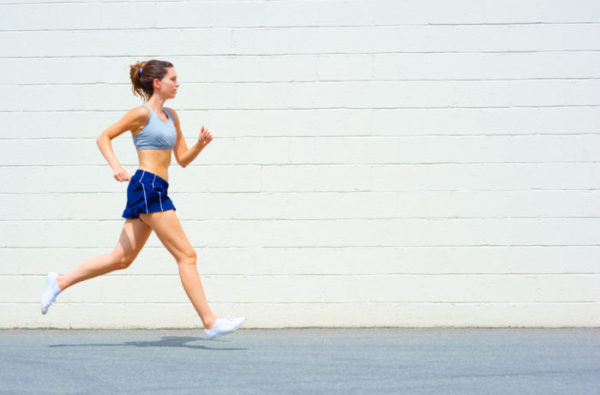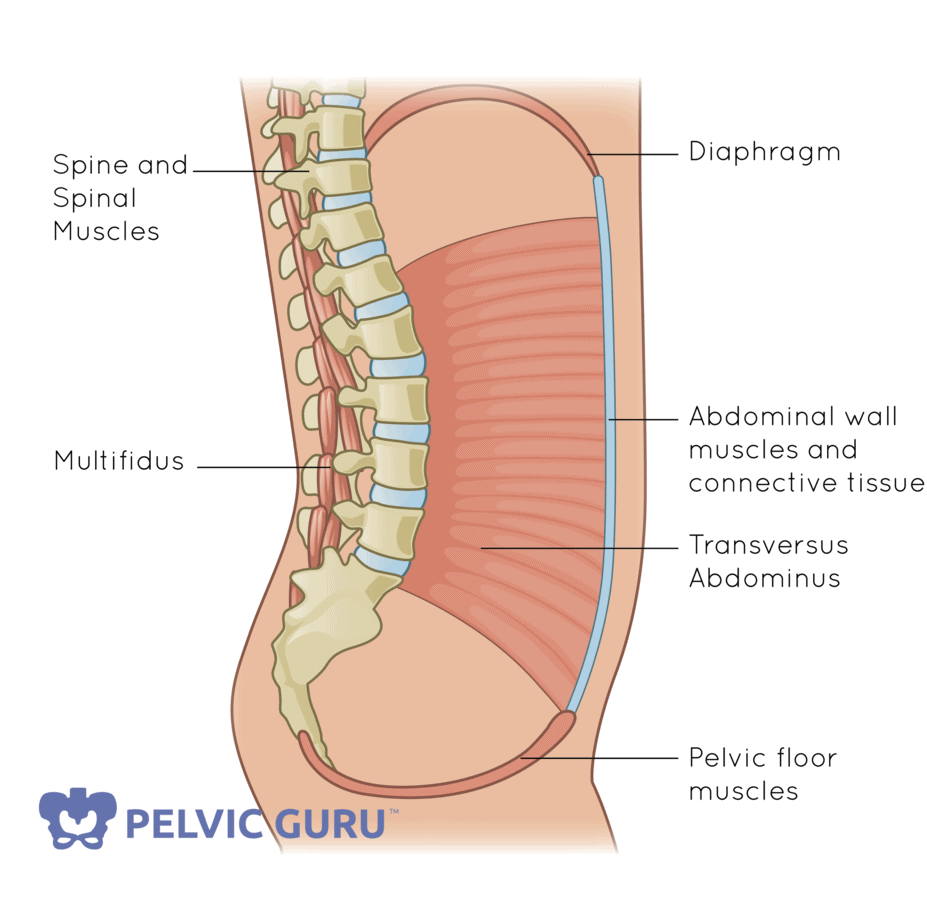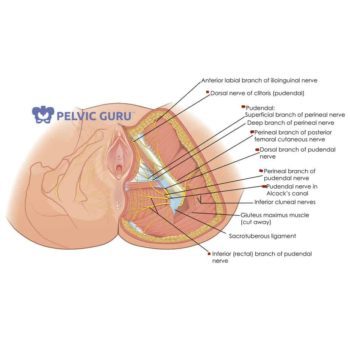Breathwork Makes the Pelvic Floor Work!

Did you know that physical therapy can help to improve the way you breathe? As experts of the movement system, physical therapists help to improve and optimize the mobility of the ribcage, spine, abdomen, and the diaphragm- the primary muscle responsible for breathing- so that you can take deeper more efficient breaths.
But why do we care about breathing and the diaphragm in pelvic health physical therapy?
Efficient breathing involves full three dimensional mobility of the ribcage, use of the diaphragm, as well as the pelvic floor musculature, with deep inhalation and exhalation. A very important functional relationship exists between the diaphragm and the pelvic floor. They are both components of the core and work together to provide stability in the body and regulate pressure in our abdomen. As you inhale the diaphragm moves descends and flattens as the lungs become filled with air. In an efficient system, the pelvic floor moves in coordination with diaphragm and also descends to lengthen and relax the pelvic muscles. So, as you can see, breathwork is a vital component of pelvic health physical therapy!
Benefits of Breath-work Exercises :
- Helps to relax the body by lowering the cortisol levels
- Helps to relax and lengthen tight pelvic floor muscles
- Reduces stress and anxiety
- Lowers blood pressure
- Lowers heart rate
- Improves core muscle stability
- Improves the body’s ability to cope with intense exercises
- Lowers chance of injuring or fatiguing muscles
- Lowers respiratory rate to expend less energy
Want the benefits?
Here is an easy breathing technique you can try at home:

Sit or lie down comfortably. Place one hand on your belly and the other hand on your chest. Inhale through your nose and feel the abdomen and your chest pressing out into your hand. There should be equal movement felt underneath both of your hands. Exhale slowly and gently through your mouth as if blowing out through a straw.
Other tips to improve breathing:
- Meditate
- Improve posture
- Stretch shoulders and chest
- Try some yoga poses that help with breathing
- Sphinx
- Upward facing dog
- Cat camel
So what does inefficient breathing look like?
Reverse, or paradoxical breathing, involves the abdomen pulling inward with exhalation. It tends to result in more shallow breaths and the accessory muscles of the neck, shoulders, and ribs tend to be more active. This can result in more energy expenditure and can sometimes lead to neck and shoulder pain. Reverse breathing can occur more in persons who tend to sit a lot during the day or with individuals who would prefer to keep their bellies pulled in, rather than relaxed, due to being self-conscious with their bodies.
Still unsure if you are breathing efficiently? Schedule an appointment with one of our pelvic health physical therapists to have your breathing assessed and learn breathwork techniques that help promote.
Written by: Roseanne Cruz Schoen, DPT
Edited by: Serenity Serafini, DPT
References:
- www.healthline.com/health/diaphragmatic-breathing#benefits
- Frontiers in Psychology, 06 July 2017. The Effect of Diaphragmatic Breathing on Attention, Negative Affect & Stress in Health Adults. Ma et al.







